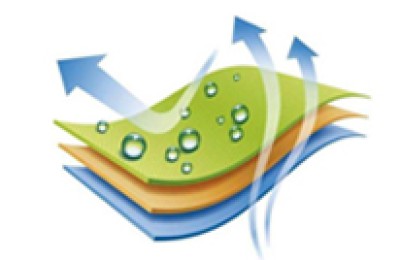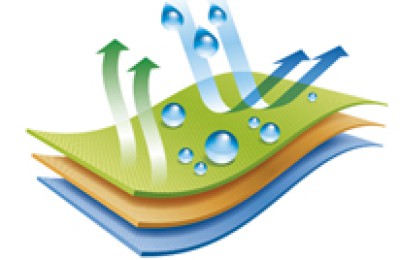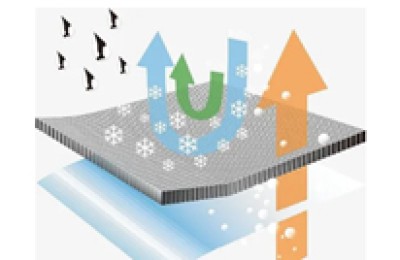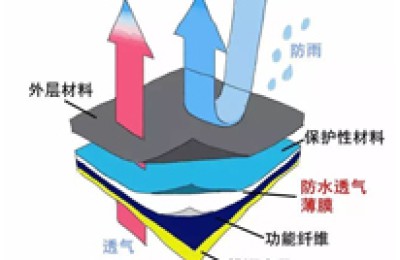Recently, China Customs released data showing that in January, my country’s textile and clothing exports dropped sharply by 10.8%, exceeding the national foreign trade average decline of 3.3%. At the same time, the customs stated that considering the impact of the Spring Festival holiday on exports at the beginning of the year, an overall analysis needs to be conducted based on February or first quarter data.
However, judging from past situations, the month after the Spring Festival is often a period when exports decline more seriously, because companies from all over the country have been rushing to ship goods before the holiday, which has promoted the rapid growth of exports. Today is the Spring Festival in mid-February. Instead of growing as expected, exports in January fell sharply. So is this a common phenomenon? Are all companies experiencing such pain, or are some companies lowering the overall level?
Overall decline, individual rise
Is this year’s export situation really as bad as imagined? When the reporter asked Jiangsu Hongdou Import and Export Co., Ltd. for confirmation, the company’s manager Gao Pinya said: “At present, our export situation is not bad and has not declined. On the contrary, there is still an increase of more than 10 percentage points. However, we can still deeply understand that the overall export is not prosperous. In the past, if you wanted to send orders to factories at the end of the year, you had to ask someone to find connections, because the factory orders at the end of the year were very full. There is no time to take orders; however, this year, the factories are not only free, but even come to grab orders.” According to Gao Pinya, many factories were not operating at full capacity in January, and one of the factories it cooperated with had significant cuts due to the British buyer Primak. 30% of orders were lost.
Manager Qian, the person in charge of Changshu Youli Textile Trading Co., Ltd., a small and micro enterprise, also feels that life is not easy. She said: “We specialize in winter fabrics. Due to the poor global economy, there has been a shortage of volume and price since the end of last year. falling situation.”
Shan Pengchun, deputy general manager of Ningbo Shanshan Fashion Co., Ltd., told reporters: “Although the overall global market recovery is not obvious at present, our company’s export situation did not change much in January. The export volume dropped slightly and the price It has been adjusted upward due to labor cost factors, and overall it is relatively stable.”
Shan Pengchun also said: “From a full-year perspective, I am more optimistic about China’s textile and apparel export situation. There are three reasons. One is the depreciation of the RMB, the other is the increase in the tax rebate rate, and the third is the country’s favorable policies for exports. These are all It brings certain competitive advantages to enterprises, but the improvement in exports does take time to recover.” Low demand and low prices
What is the reason for the sharp decline in my country’s textile and clothing exports in January? According to specific data, my country’s textile exports in January 2015 were US$9.72 billion, a decrease of 7.8%, and clothing exports were US$15.82 billion, a decrease of 12.5%. In January 2014, textile exports were US$10.54 billion, an increase of 14.8%, and clothing exports were US$18.08 billion, an increase of 16.6%. In January 2013, my country’s textile exports were US$9.18 billion and clothing exports were US$15.51 billion, an increase of 19.6% and 12% respectively. Through data comparison, it can be seen that the situation in January this year did not plummet. It still increased compared with 2013. However, the base number in the same period last year was higher, resulting in a significant decline in the data after comparison.
However, it cannot be denied that the decline in export volume must mean that market demand is not strong. Chen Jun, a salesperson at Huafang Group Yarn-dyed Co., Ltd., said: “The export volume in January did not increase because global retailers had slow sales and high inventory pressure at the end of last year, which led to a decline in purchasing demand. Taking the United States as an example, our buyers are There was a huge backlog of inventory during Christmas last year and they needed time to digest it, so they cut back on purchases.”
In addition, the decline in raw material prices is a major reason for the decline in textile exports. In this regard, the person in charge of Unitextile said: “With the decline in raw material prices, our export prices have been unable to increase. Buyers’ price reduction and high labor costs are all important reasons for the reduction of corporate profits.”
Chen Jun said: “The price of raw materials has dropped sharply, and the price of our fabrics has also dropped. Because buyers always have the mentality of buying up and not buying down. Now many foreigners are waiting and watching, and the current order volume is not what it used to be. 70%~80%, they are waiting for prices to continue to fall.”
Xiao Jingyao, vice president of Huafang Group Company, also said that the global economic downturn has made international consumers more rational in their purchasing behavior, resulting in both export volume and price falling. Different ideas for grade adjustment
So how to deal with the problem of weak market demand and declining exports? The answer given by many companies is to adjust the product structure. However, there are two completely different approaches to how to adjust.
Gao Pinya revealed to reporters that Hongdou Company has significantly increased the proportion of mid-range products and reduced the proportion of high-end products. The reason for this is because it hopes to receive more large-volume orders. “In the past, we mainly made high-end products, but now we pay more attention to the balance of mid-range and high-end. Currently, mid-range products account for 70% of the company’s total products, and high-end products account for 30%; in the past, high-end products accounted for nearly 70%. The reason why we do this This decision was made, first of all, because the volume of high-end orders is small, and we need a sales volume of US$1 million every month to cover factory expenses, so we would rather take more orders with larger quantities but slightly lower prices and varieties. Less and more output can improve labor efficiency and thus reduce operating costs. Secondly, the global economy is reallyIf it is not good enough, the demand is not strong, and the desire to purchase high-end products is even lower. ”
On the contrary, Huafang Group’s approach is to abandon low-end products and enter the mid-to-high-end market. Xiao Jingyao said: “Now we no longer make cotton yarns below 32 count, but specialize in high-count yarns. Although the global economic downturn makes consumers more willing to buy cheaper products, adjusting the variety structure is a choice we have to make. Because low-cost products from competitors, India, are too cheap and more competitive than our products. If we don’t adjust, we will be eliminated from the market.”
Although the adjustment directions are different, both business leaders mentioned one word – innovation. Gao Pinya said: “It doesn’t matter how to adjust. The most important thing is to introduce new products from the old. Customers are usually less sensitive to the price of new products because they can find new selling points and profit growth points. If our suppliers just make simple OEM has no future and the market environment is not good. We should form strategic partnerships with customers to provide more innovative products and jointly develop market demand, thereby giving buyers a greater sense of security and making the supply relationship more secure. Solid.”





